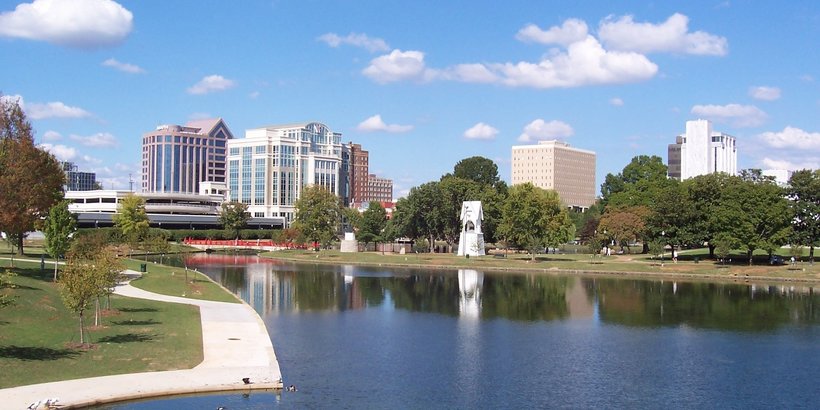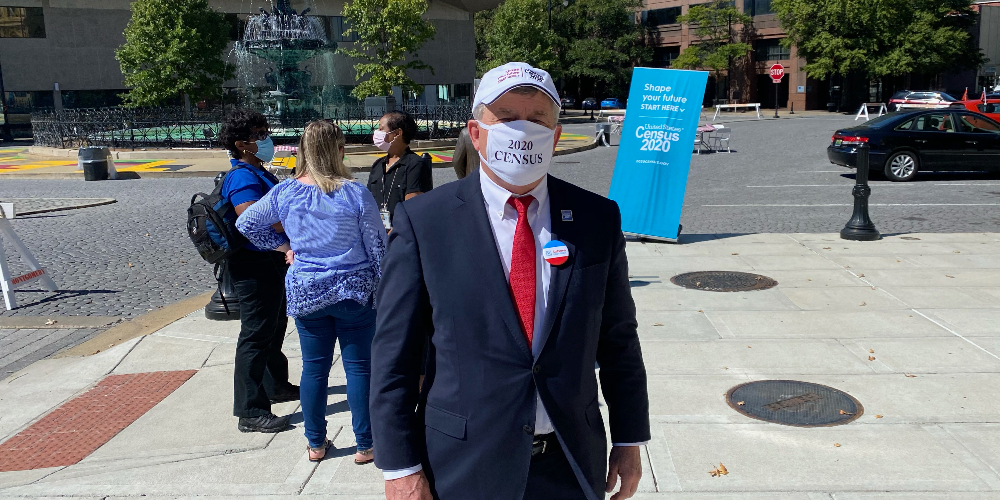As the massive baby boom generation slips into retirement, America continues to get older.
According to new data from the U.S. Census Bureau this week, the median age in America last year was 38, up nearly a full year from 2010. Alabama experienced less of an increase — from 39.1 to 40.5 — but it remains well above the national average.
The South and the Midwest have the highest number of counties where the median age is dropping, but Alabama bucks that trend. The median age is higher than the national mark in 57 of the state’s 67 counties.
Alabama’s “oldest” county is Coosa, where the median age in 2017 was 48.5, meaning half of the population was younger and half was older. That compares with a median age of 30.9 in Pike County, the lowest figure in Alabama.
The counties that counter the national trend tend to be those with an influx of younger immigrants and Americans moving from other parts of the country. Of the 531 counties where the median age has dropped since the last census, more than half are in the Midwest and 32.4 percent are in the South.
“Nationally, almost 17 percent of counties saw a decrease in median age from April 2010 to July 2017,” Census Bureau demographer Molly Cromwell said in a statement.
The aging population is most profound in the West and especially in the Northeast, where the median age increased in all but 2.1 percent of counties.
Longer life spans and fewer babies are the main drivers, according to Cromwell.
“Baby boomers, and millennials alike, are responsible for this trend in increased aging,” she stated. “Boomers continue to age and are slowly outnumbering children as the birth rate has declined steadily over the last decade.”
The long-term trend has profound public policy implications. A higher percentage of retirees strains Social Security and Medicare, among other challenges. On the local level, counties with smaller numbers of young people sap the economy of workers needed to grow the economy.
In Alabama, the young counties generally are those with big universities or vibrant economies that draw in younger adults.
For instance Lee County (median age, 21.9) and Tuscaloosa County (32.8), have the second-and third-youngest populations in Alabama. It is not difficult to guess why. Auburn University in Lee and the University of Alabama in Tuscaloosa dominate those counties with thousands of students and large numbers of recent graduates. But even those counties have a higher median age than at the start of the decade.
Three of the four most populous Alabama counties, Montgomery, Mobile and Jefferson, all have median ages under the national average. The other big county, Madison, stands just above the national median at 38.5.
On the flip side, the Alabama counties where the median age is high are dominated by rural areas that have been hemorrhaging population for years or are growing slowly. When younger people leave it not only raises the median income, it also results in fewer babies. And that has a long-term impact.
Conecuh County has lost population four of the last six decades and has declined again so far this decade. Tallapoosa County has lost 2.2 percent of its population so far this decade and has seen a basically flat growth rate since 1980. Marion County has roughly the same population as it did in 1980, while Choctaw, Clay and Lamar counties have lost residents since then.
All of those counties are among the 10 with the highest median ages in Alabama.
To be sure, there are outliers. Cherokee and Henry counties have seen steady, if not spectacular growth over the past several decades, yet have median ages that are among the highest in the state.
And having a “young” population is no guarantee of growth. Sumter County, for instance, had the state’s fourth-lowest median age at 36.3 in 2017. Yet, it has experienced a population decline every census year since 1950.
@BrendanKKirby is a senior political reporter at LifeZette and author of “Wicked Mobile.”













